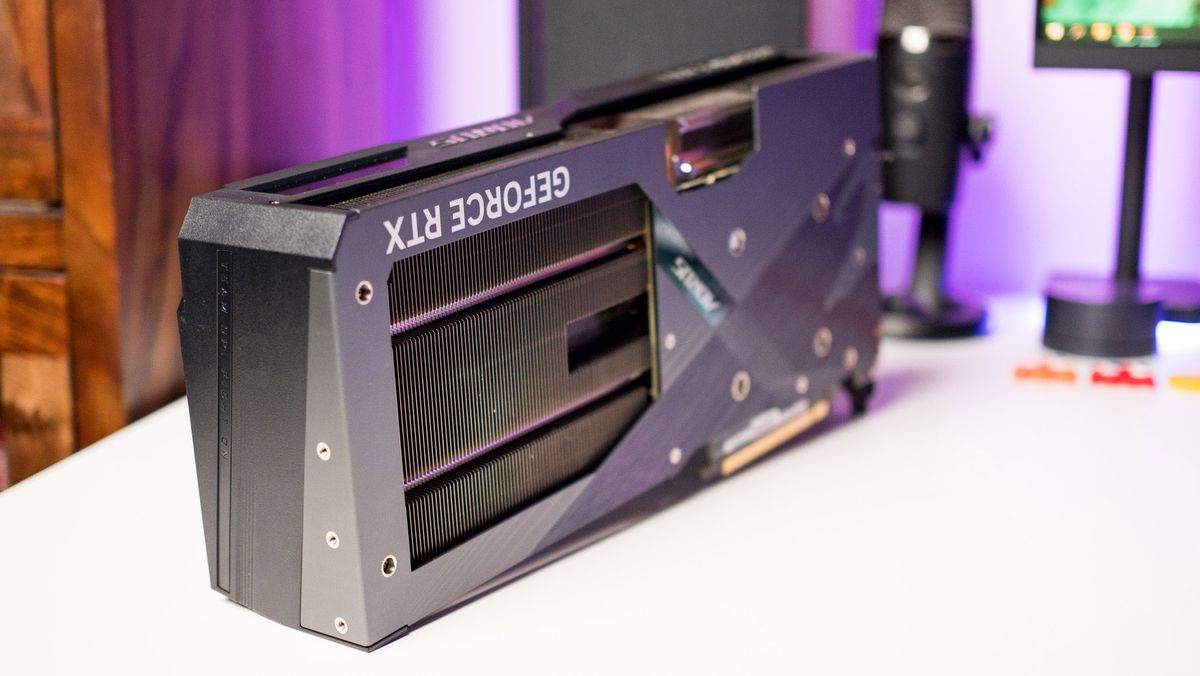NVIDIA hotfix patches buggy driver that spikes CPU usage after closing games
A bug with the latest NVIDIA Game Ready driver could cause CPU usage to increase by 10% or more.

What you need to know
- NVIDIA recently released Game Ready Driver 531.18.
- The update added RTX Video Super Resolution and other improvements, but it also introduced a bug that could cause CPU usage to spike after closing a game.
- NVIDIA has issued a hotfix for the driver.
NVIDIA's recent Game Ready Driver included RTX Video Super Resolution, DLSS 3 support for Atomic Heart, and other improvements. Unfortunately, it also had a bug that could cause CPU usage to increase after closing a game. Usage could spike by +10%, resulting in slower system performance and increased power usage. NVIDIA has now issued a hotfix for the bug.
The GeForce hotfix display driver is version 531.26, and it is based on the 531.18 Game Ready Driver that shipped recently.
Here's what the hotfix addresses, as outlined by NVIDIA:
- Higher CPU usage from NVIDIA Container might be observed after exiting a game [4007208]
- [Notebook] Random bugcheck may be observed on certain laptops with GeForce GTX 10/MX250/350 series GPUs [4008527]
The change log also includes a direct download link for the GeForce hotfix display driver for Windows 10 and Windows 11.
With the CPU spike bug out of the way, those with NVIDIA hardware can enjoy RTX Video Super Resolution without any adverse side effects. Taht feature uses AI and RTX Tensor Cores to upscale videos within Microsoft Edge and Google Chrome. All RTX graphics cards support RTX Video Super Resolution, so you don't need one of the best GPUs to take advantage of it.
Note that RTX Video Super Resolution is entirely separate from a similar feature for Microsoft Edge that's in the works.
Our Editor-in-Chief Daniel Rubino went hands-on with RTX Video Super Resolution before the feature shipped and shared his impressions on the tool.
Get the Windows Central Newsletter
All the latest news, reviews, and guides for Windows and Xbox diehards.
"How well VSR works depends on the source of the video, including if there is blocky compression or lower-scale video resolution — in other words, watching minty 4K video content via local playback and VSR won’t be of much use," said Rubino.
"However, if you’re streaming content via Edge or Chrome browsers and that content is blocky due to compression streams, or just older content with a lower resolution, VSR comes in very handy."

Sean Endicott is a tech journalist at Windows Central, specializing in Windows, Microsoft software, AI, and PCs. He's covered major launches, from Windows 10 and 11 to the rise of AI tools like ChatGPT. Sean's journey began with the Lumia 740, leading to strong ties with app developers. Outside writing, he coaches American football, utilizing Microsoft services to manage his team. He studied broadcast journalism at Nottingham Trent University and is active on X @SeanEndicott_ and Threads @sean_endicott_.